Blog 8 Palliative social media

I recently had the privilege to present at the Grampian Palliative and end of life conference.
The topic "Palliative care and social media"
Even typing that still feels slightly incongruous.
My first experience of social media consisted of using Friends reunited and Bebo with my close friends- through these we arranged a high school re-union and shared our favourite music. All very harmless and fun.

Move on 20 years and boy how things have changed. You don't need me to tell you how integral social media has become to the fabric of our societies. The debate rages though, is social media a driver of positive change or an existential threat to our individuality and human interactions? If you had asked me what social media meant 5 years ago, I would have said "Facebook is for keeping in touch with old friends and Instagram is for cataloguing good memories."
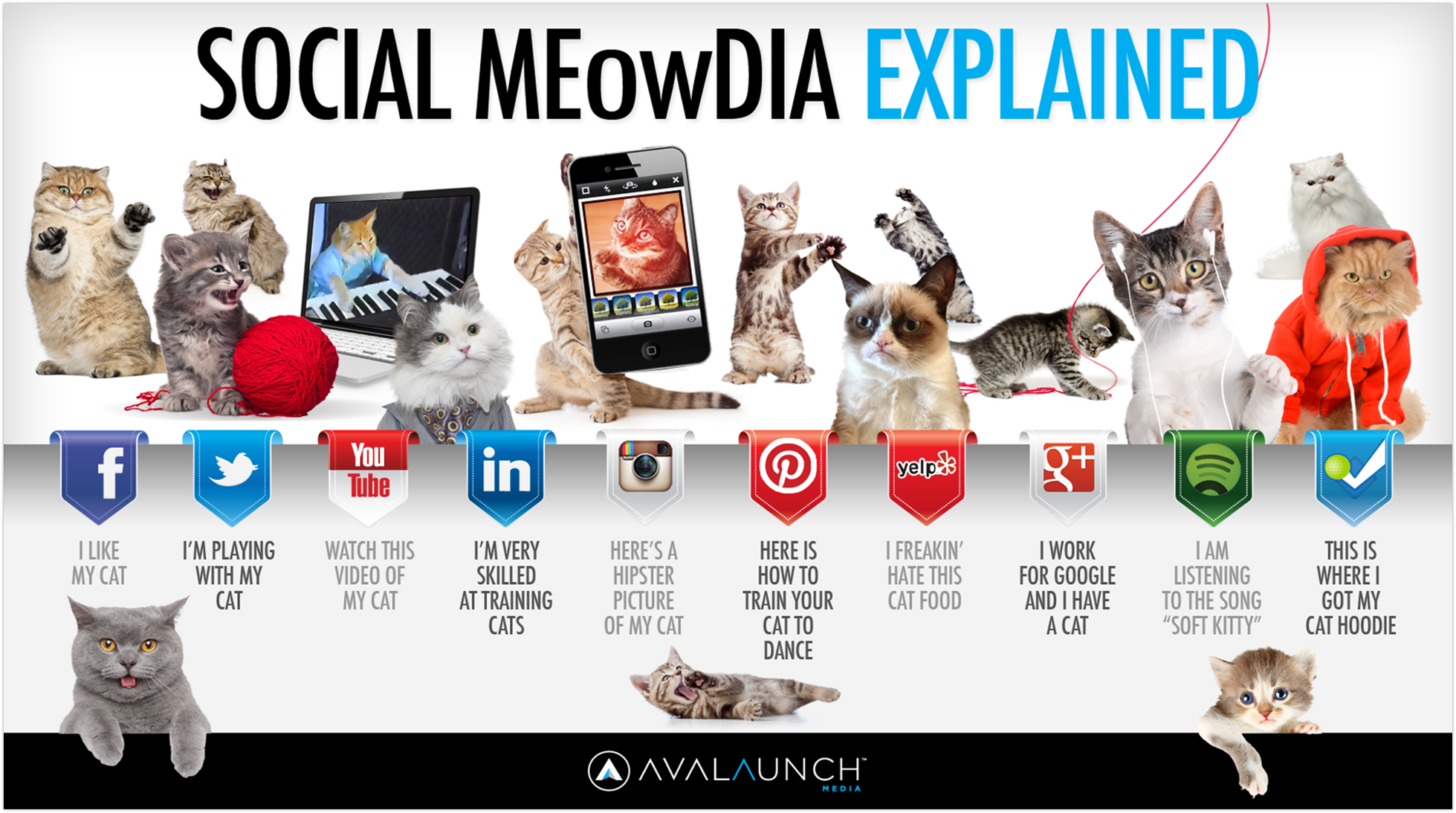
Yes- I was that naïve. Something changed in 2020 though. Lying in bed with a good going case of COVID-19 during the first wave, I ventured onto Twitter. I had joined a few years back and posted about 3 times. I didn't get it and my close friends never used it. I had witnessed my brother Tweeting a few years back when he was setting up his Entrepreneurial Spark venture. Hashtag, Handles and Threads- I knew the lingo but was clueless beyond that.
Playing around for a while I tentatively added a few colleagues from the palliative care world based in and around the West of Scotland. I hadn't met any of them in person. Sounds weird eh? Well, that's not uncommon for people working in palliative care. Being based in a single hospice, hospital or community setting that is often very regional doesn't open up a lot of networking opportunities. The other drawback of "silo" working as I now call it, is that our clinical practice can also become regional, institutionalised and out-dated. With an ever evolving evidence base, palliative care is challenging the flawed concept of "argument from authority" that still underpins much the prescribing practices.
To my surprise I suddenly had a group of 20 followers consisting of palliative care tweeters. I soon got the hang of tweeting and adjusted to the satirical, often tongue in cheek tone of the platform. Maybe it was the high fever or lack of human contact while isolating, but I found myself drawn back to this little crazy world. A mixture of knowledge, nonsense, controversy, open exchanges, comedy, sadness, anger, grief, politics and GIFs (moving pictures). I started picking up new clinical knowledge, making new contacts, new friends and building up something I hadn't had in a long time- a peer support group.
I soon discovered there was a fine balance on social media when it comes to talking about palliative care. Some would say I have a fairly good sense of humour, developed in Glasgow it's not always transferrable in the form of typed characters. I often think of Billy Connolly's early work (usually on LP). His broad Glaswegian accent, slang words and local humour would have been lost on many of the huge audiences he performed to later in his career. I remember watching an interview where he talked about how he realised to reach a wider audience he would have to revamp his persona and adapt. Try listening to his early work "Classic Connolly" if you are not Glaswegian and let me know what you think.
Link here: https://youtu.be/bJ10SwETJf0
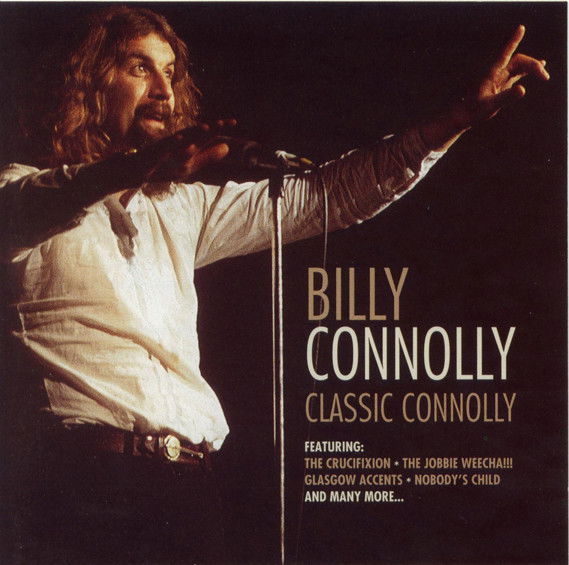
The point is, being able to modifying your approach to communication over varied scenarios can be very useful.
If you are going to stimulate interest in a subject with a genuinely serious edge to it such as palliative care on a social media platform then you have several choices as far as I can see:
1) Maintain a wholly "professional" approach. Using the "business terminology". Informative yet sensitive prose that is clear, concise and impactful. - Neutral but informative
2) Sharing emotional and personal experiences such as your own journey or the story of a loved one- Powerful and Reflective
3) Educational content in the form of a tutorial- The Tweetorial
4) A blend of any of the above
There are pros and cons to each of these.
Neutral and informative approaches may get an important message across quickly. An example would be posting a link to a website that covers aspects of advance care planning with a short description of what this is. This approach can also be a bit sterile, could by-pass the general public and may not stimulate much in the way of discussion. There is a risk a valuable resource could get lost in among posts about Dancing on Ice and some random doctor's care engine pictures.
It takes a lot of courage to share a deeply personal experience related to serious illness or dying on social media. For the most part the replies will be positive and supportive. It may open up new friendships, new perspectives, support networks and be a truly cathartic experience. There is also the risk of encountering unexpected responses that can catch you off guard. Someone having a contradictory experience, someone who feels the story is "inappropriate" or worst of all someone attention seeking with the intention of causing upset- The Troll. You learn to spot these individuals after a while- usually an anonymous account, recently joined, very few followers and a user name with lots of number in it. The block button is your friend here- do not engage with anyone whose response is incongruous to the other you have received when your post is about something deeply personal- just my take on it.
Educational content can be a really interesting route to try. As a doctor I abide by the GMC code of practice. So basically if I post medical content online I identify myself as a doctor and try my best to be evidence based and stay in my lane. I shared a number of Tweetorials on Twitter on palliative care matters. Why you ask?
Several reasons:
1) It is not covered enough in medical circles in my experience
2) It is widely misunderstood as a specialty across public and professional spectrums
3) The general public deserve to know more about what palliative care can offer and what we do day to day
4) There needs to be a strong counter-narrative to the media portrayal of palliative care and the "morphine pump"
5) I love teaching
6) I wanted to put my current knowledge on topics out there to be challenged. This was deliberate as I wanted to find the gaps in my learning and absorb the experience of others from across the world.
7) I have enormous passion and enthusiasm for palliative care
8) I had a feeling that there was scope to incorporate neutral information into a thought provoking and visual approach to bring the messages to life.
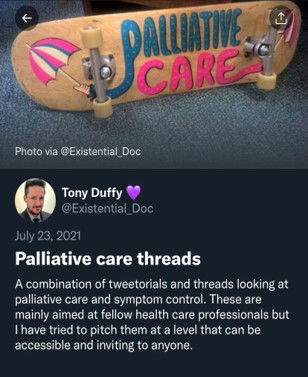
The responses I got to the threads took my by surprise. I had messages from students, nurses, AHPs, doctors, dieticians and more importantly patients and their families. It has been great to have feedback and learn from other palliative care professionals, this has changed my practice in many areas. The most important aspect of this experience for me has been the affirmation that non-health care professionals really want to know more about palliative care.
I have countless messages from patients, relatives and curious lay persons wanting to know more about a particular area of palliative care. Too often these messages contain the line " I wish we had known that at the time" or "none of this happened until they were referred to the hospice/palliative care team."
I ventured into the unknown when I combined a Tweetorial with my own personal experience of losing my mum to pancreatic cancer. It turned out to be a wonderfully warming and supportive few weeks. Having multiple patients and families get in touch to say thanks for clarifying how to take their Creon capsules was the highlight for me- simple but impactful beyond anything I had expected. Through that post I was invited to participate in the Purple Rainbow podcast for pancreatic cancer. Link to the shows below
https://open.spotify.com/show/31H8NEuNHSKEJzmvQ6jrSI?si=baca57e9c9e14a32
This was the first time I had talked out loud about what it was like being a palliative care doctor on the other side- I didn't realise how much I had needed to do this until I finished the interview, it was such a positive experience. Amazing what can come out of a few tweets.
A lot of positives have come from participating in the world of Palliative care on social media. Here are just a few of them:
•Produced a set of “Tweetorials” on palliative care topics
•Established a wide network of contacts in palliative care
•Learned what is happening outside my “silo”
•Found a brilliant supervisor for my MSc
•Got involved in two research projects and several podcasts
•Increased the reach of publications I was involved in
•Found a new job and new roles in patient care
•Started a blog
•Accessed journal articles and grey literature before many of my colleagues
Put simply, I am a better doctor than I was a couple of years ago in part due to social media participation.
I would highly recommend Twitter to anyone involved in palliative care. Don't get caught in the "silo", there are so many enthusiastic, genuine and innovative real people to connect with out there.
With regards humour...Yes, it has it's place even in palliative care as in every aspect of our lives, it can be hugely therapeutic and break down the barriers that arise around difficult topics.
Here are a couple for the Palliative care teams out there.
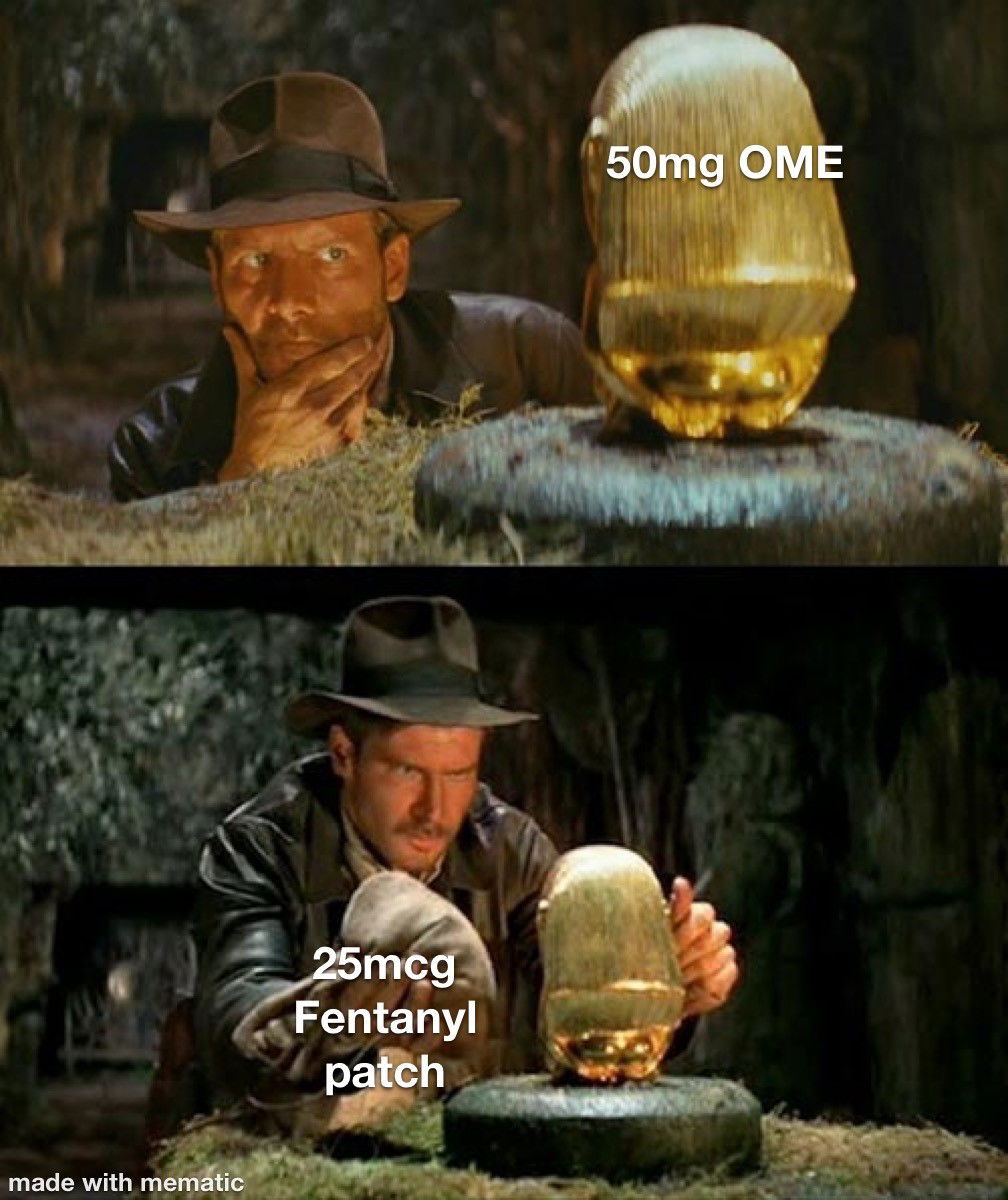
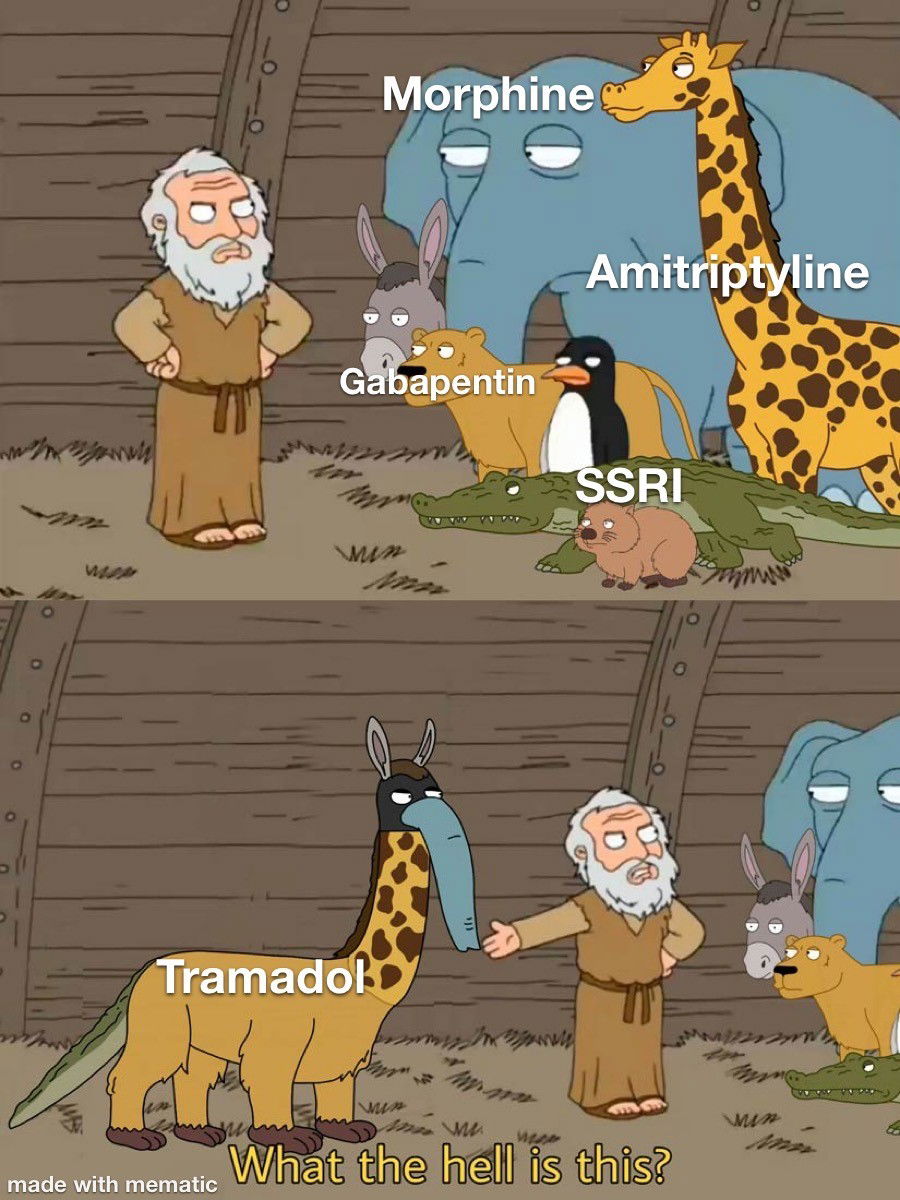
Thank you for reading.
Tony